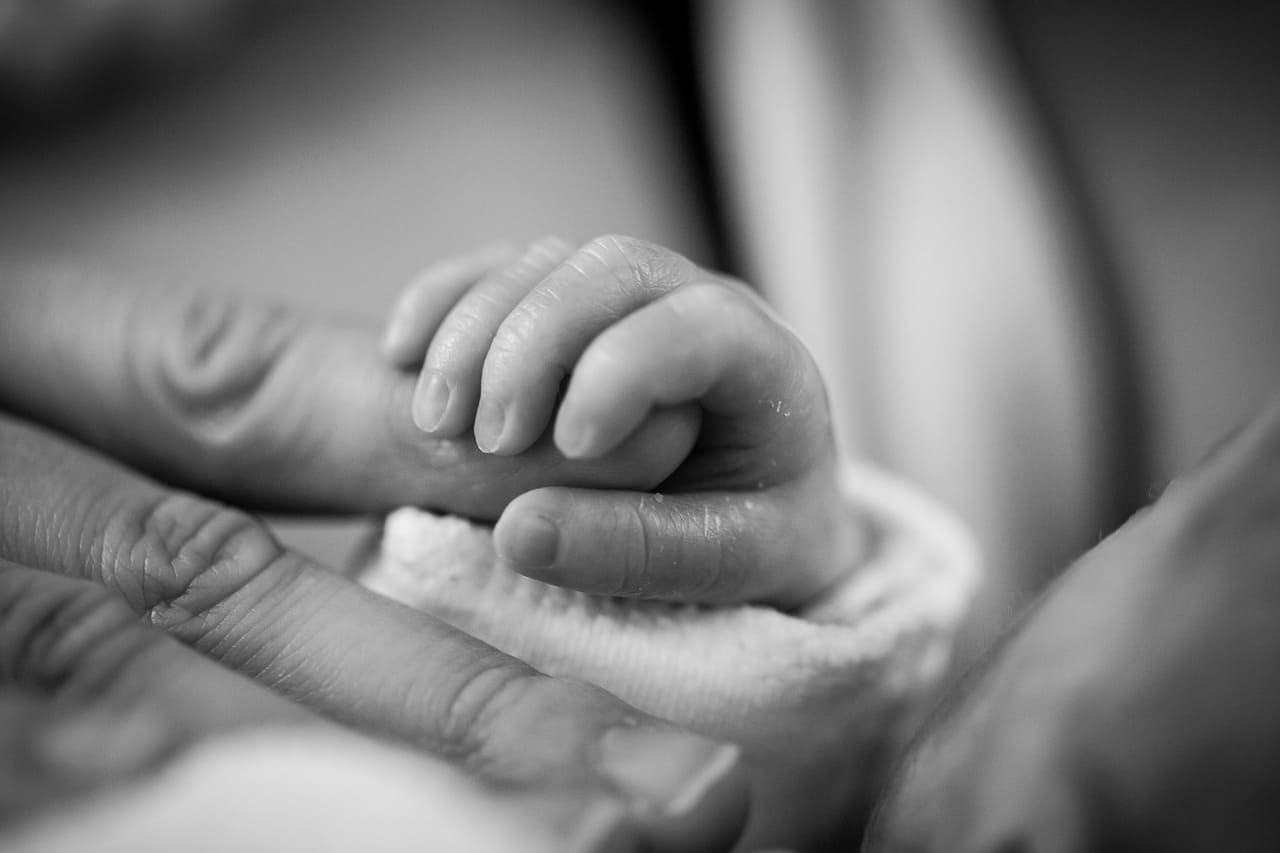Birth-related spinal cord injuries in children are devastating events that can have lifelong consequences. Although rare, these injuries can occur during difficult deliveries, particularly those involving breech presentations or the use of forceps or vacuum extraction. The impact of such injuries on a child’s development and quality of life is profound, necessitating extensive medical care, rehabilitation, and emotional support. We will also highlight how you can start a medical negligence claim.
Understanding Spinal Cord Injuries
The spinal cord, a bundle of nerves that runs from the base of the brain to the lower back, plays a crucial role in transmitting messages between the brain and the rest of the body. These messages control movement, sensation, and bodily functions. When the spinal cord is injured, the flow of these messages is disrupted, leading to a loss of function below the level of the injury. The severity of the impairment depends on the location and extent of the damage.
Types of Spinal Cord Injuries
Spinal cord injuries can be classified into two main types:
- Complete: A complete injury results in a total loss of sensation and motor function below the level of the injury.
- Incomplete: An incomplete injury results in a partial loss of sensation and motor function below the level of the injury.
The specific effects of a spinal cord injury vary depending on the level of the injury. Injuries to the cervical spine (neck) can affect the arms, legs, and breathing, while injuries to the thoracic spine (upper back) or lumbar spine (lower back) may affect the legs and bowel or bladder function.
Causes of Birth-Related Spinal Cord Injuries
Birth-related spinal cord injuries are often associated with difficult deliveries, particularly those involving:
- Breech presentation: When a baby is positioned feet-first or bottom-first in the womb, the risk of spinal cord injury is increased during delivery.
- Forceps or vacuum extraction: The use of forceps or vacuum extraction to assist with a difficult delivery can sometimes lead to spinal cord injury.
- Prolonged labor: A long and difficult labor can put stress on the baby’s spinal cord, increasing the risk of injury.
It’s important to emphasise that the majority of births are safe, and birth-related spinal cord injuries are rare. However, when they do occur, the consequences can be devastating.
The Impact on Children and Families
Birth-related spinal cord injuries can have a profound impact on children and their families. Children with spinal cord injuries may face challenges with:
- Mobility: Depending on the level of the injury, children may have difficulty walking or may require a wheelchair for mobility.
- Self-care: Activities such as dressing, bathing, and eating may be challenging and require assistance.
- Bowel and bladder function: Spinal cord injuries can affect bowel and bladder control, necessitating the use of catheters or other assistive devices.
- Pain: Children with spinal cord injuries may experience chronic pain.
- Emotional and social well-being: Coping with the physical and emotional challenges of a spinal cord injury can be difficult for children and their families.
The financial burden of caring for a child with a spinal cord injury can also be significant. Medical expenses, rehabilitation costs, and home modifications can place a strain on families.
Treatment and Rehabilitation
The treatment and rehabilitation of children with birth-related spinal cord injuries is a complex and ongoing process. The initial focus is on stabilising the child’s condition and preventing further complications. Once the child is stable, rehabilitation can begin.
Rehabilitation aims to help children achieve their maximum potential in terms of mobility, self-care, and overall function. It may involve:
- Physical therapy: To improve strength, flexibility, and coordination.
- Occupational therapy: To develop skills for daily living activities.
- Speech therapy: To address any communication difficulties.
- Psychological support: To help children and families cope with the emotional impact of the injury.
The rehabilitation process is tailored to the individual child’s needs and may continue for many years. With the right support and treatment, children with birth-related spinal cord injuries can lead fulfilling lives.
Prevention of Birth-Related Spinal Cord Injuries
While not all birth-related spinal cord injuries are preventable, there are steps that can be taken to reduce the risk:
- Prenatal care: Regular prenatal care can help identify potential complications that may increase the risk of a difficult delivery.
- Careful delivery: During delivery, healthcare professionals should take precautions to minimise the risk of injury to the baby’s spinal cord. This may involve avoiding the use of forceps or vacuum extraction if possible and carefully managing breech presentations.
- Prompt diagnosis and treatment: If a spinal cord injury is suspected, early diagnosis and treatment are essential to minimise the long-term effects.
Receive a Call About Your Claim
Making a Medical Negligence Claim with National Claims
At National Claims, we understand that medical errors can have devastating consequences, including the potential for a life-changing spinal cord injury. If you believe your spinal injury could have been prevented with proper medical care, we’re here to help you understand your options for pursuing a medical negligence claim and connect you with a solicitor from our panel who will be able to assist you with your case.
Free Consultation
Let’s start with a free consultation to discuss the specifics of your case. We’ll listen to your experience and carefully review the circumstances that led to your injury.
*No Win, No Fee
Seeking justice for medical negligence shouldn’t be burdened by financial worries. National Claims works on a “No Win, No Fee” basis so you won’t have to pay upfront legal fees. Our fees are dependent on achieving a successful outcome, allowing you to navigate the claims process with greater peace of mind.
*Customers pay up to 25% (incl. VAT) of the amount recovered towards solicitor costs and if you cancel outside your cooling off period, you may be charged a fee.
Contact us today to speak to one of our claims agents who will be able to help you get started on your claim.
Click below to see why we are one of the most trusted claims management companies in the UK.

We’re proud of our excellent customer reviews
We thrive on delivering exceptional service and ensuring our clients’ satisfaction. Don’t just take our word for it. Check out some of our independent reviews to see what our clients have to say.
Excellent

This firm is excellent, they sorted out my car pay out and injury claim very fast, they always communicate with you all the time.

My accident case was dealt with confidence and with great result of the outcome, especially James kept me informed all the time.

I was very impressed at the way my inquiry was treated. I was listened to attentively and everything I needed to know was explained to me.






